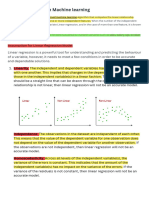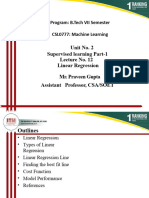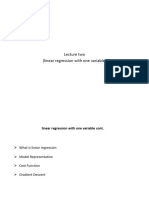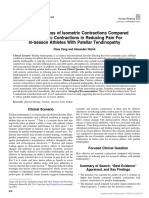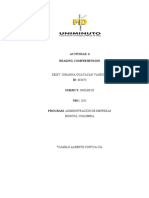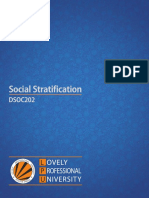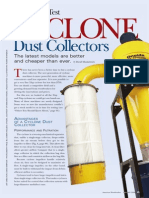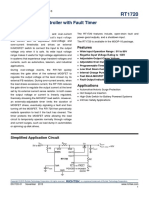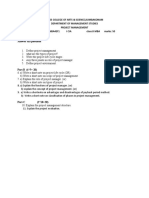0% found this document useful (0 votes)
20 views17 pagesWhat Is Regression
The document provides an introduction to regression, a statistical method used to analyze the relationship between a dependent variable and independent variables. It covers the basics of simple linear regression, including the best fit line, residuals, and the importance of various metrics like RSS and R² in assessing model strength. Additionally, it discusses machine learning model classifications, assumptions of linear regression, and considerations when transitioning from simple to multiple linear regression.
Uploaded by
x6407570Copyright
© © All Rights Reserved
We take content rights seriously. If you suspect this is your content, claim it here.
Available Formats
Download as ODT, PDF, TXT or read online on Scribd
0% found this document useful (0 votes)
20 views17 pagesWhat Is Regression
The document provides an introduction to regression, a statistical method used to analyze the relationship between a dependent variable and independent variables. It covers the basics of simple linear regression, including the best fit line, residuals, and the importance of various metrics like RSS and R² in assessing model strength. Additionally, it discusses machine learning model classifications, assumptions of linear regression, and considerations when transitioning from simple to multiple linear regression.
Uploaded by
x6407570Copyright
© © All Rights Reserved
We take content rights seriously. If you suspect this is your content, claim it here.
Available Formats
Download as ODT, PDF, TXT or read online on Scribd
/ 17




